Tags: Quantum physics
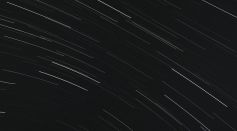
Unruh Effect: Experts Continue Searching the 'Quantum Glow' by Developing Photon-Based Stimulation

Physical Theory Explains How Time is Non-Existent, Irrelevant to Our Lives
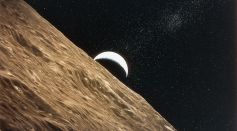
Quantum Mechanical Tunneling May Explain How Life Appeared on Earth
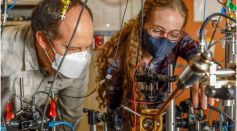
First GPS-Free Device Developed with Quantum Mechanics Could Start New Era of Navigation

Direct Communication Network Developed, Secure and Fast Data Transmission in 15 Users Possible with Quantum Technology
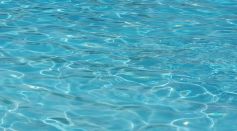
Water Properties Observed for the First Time; Findings Present Never-Before-Seen Quantum Tug of Hydrogen Bonds
New Phase of Matter: 'Two Dimensional Supersolid' Discovered in Quantum Physics for the First Time

A Day in the Life of a Quantum Engineer: Scientist Explains Perspective on Weirdest Field of Science, Quantum Mechanics

Towards Quantum Computing: Physicists Surpass Current Supercomputers With New Programmable Simulator

Experts Discover Semimetal with Naturally Occurring Quantum Criticality
Scientists Perform First-ever Ultracold Atom Interferometry in Space, Leading to Possible Physics Breakthroughs

Understanding Turbulence: Vortices in Quantum Fluid Visualized
Discovery in Quantum Theory Could Solve Baryon Asymmetry Problem
Researchers Report the First Observation of a "marginal Fermi Glass"
European Researchers Develop New Source for Single Photons
New State of Matter: Unique Neutral Electron Might Have Been Discovered
Magic-Angle Twisted Graphene Could Play Host to New Phases of Matter
One-Dimensional Quantum Gas: The New State of Matter
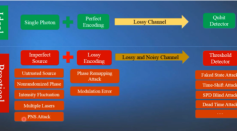
New Quantum Key Distribution Protocol Maintains Security Over Long Distances
New Photodetector Exceeds 100% Efficiency
Most Popular

Ancient Hotspot Found to Have Created Great Lakes 300 Million Years Ago

Mysterious Structures Discovered Beneath the Pacific Ocean, Puzzle Scientists

Largest Known Volcanic Aquifer Discovered Beneath Oregon's Cascades

New 'Supergiant' Sea Bug Found in South China Sea, Named After Darth Vader





